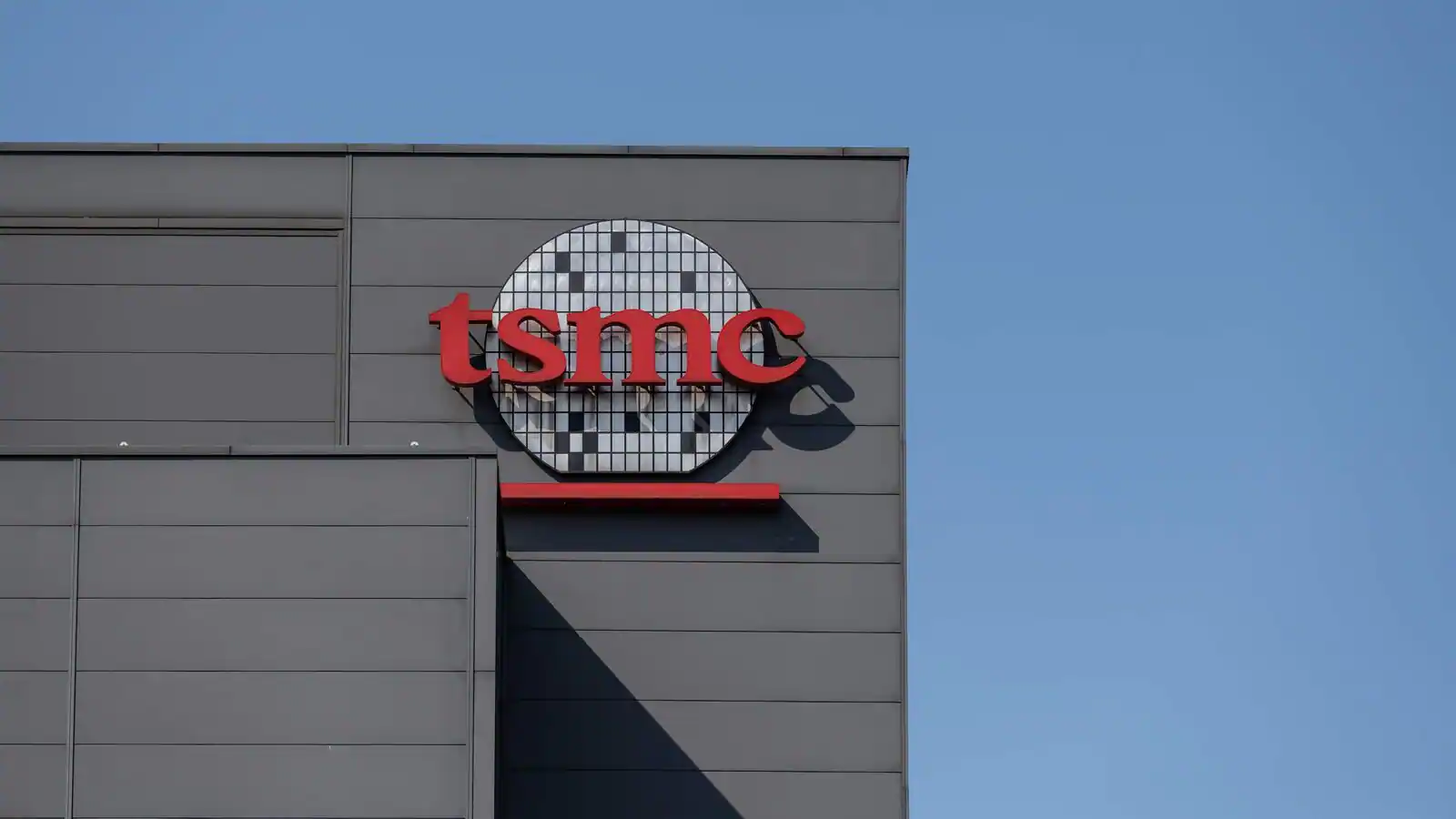Introduction:
In a strategic bid to reclaim semiconductor leadership and establish a robust domestic production base,TSMC Japan Fab has embarked on an ambitious project, enlisting the expertise of the world’s largest foundry, Taiwan Semiconductor Manufacturing Company (TSMC). Furthermore, the recent report by the Nippon Keizai Shimbun sheds light on the significant progress made in the construction of the TSMC Kumamoto plant, marking a pivotal moment in Japan’s quest for semiconductor self-sufficiency.
Join TechoVedas Community here
The TSMC Kumamoto Plant:
Initiated by the Japanese government, the TSMC Kumamoto plant has been under construction for approximately 1 year and 10 months, with a completion ceremony scheduled for February next year. Recognizing the critical importance of semiconductor production, the Japanese government has invested significantly,TSMC Japan Fab providing subsidies totaling 476 billion yen, covering roughly half of the construction costs. TSMC’s commitment to the project is evident in its continuous 24-hour construction efforts, successfully shortening the construction timeline from the conventional 5 years to just 2 years.
Expected to commence formal production in the second quarter of the upcoming year, between April and June, this cutting-edge facility holds the potential to play a crucial role in re-establishing Japan’s prominence in the global semiconductor industry.
Expressing appreciation for the prompt collaboration between the Japanese government and local authorities, Taiwan’s Economic Minister, Wang Mei-hua, underscored the record-breaking speed at which the plant is progressing. The impending completion ceremony anticipates a noteworthy assembly, pulling in distinguished attendees such as TSMC’s CEO Wei Zhejia, Japanese government officials, and influential figures from the semiconductor supply chain.
Anticipating a focus on producing cutting-edge 3-nano semiconductors, Factory 3 aims to reinforce Japan’s position at the forefront of semiconductor technology.
In another development, the trend of Taiwanese semiconductor companies entering the Japanese market extends beyond TSMC. Powerchip Semiconductor Manufacturing Corp (PSMC), Taiwan’s third-largest foundry, is gearing up to construct a semiconductor factory in Miyagi Prefecture. This collaborative effort involves partnering with Japanese financial company SBI Holdings.
Read More: 5 Key takeaways from Intel AI Everywhere Event – techovedas
Government Support and Industry Dynamics:
The Japanese government’s proactive approach to revive the semiconductor industry is evident in its allocation of 1.545 trillion yen in subsidies in the supplementary budget finalized last month. With increased subsidies attracting foreign semiconductor companies, conditions for investment in Japan appear favorable. Additionally, the combination of a prolonged low yen and active subsidies positions Japan as an attractive destination for semiconductor manufacturers, contributing to the nation’s goal of achieving semiconductor self-sufficiency.
Read More: Is Apple Preparing for Foldable Phones? – techovedas
Conclusion:
As TSMC’s Kumamoto plant nears completion and PSMC prepares to make its mark in Miyagi Prefecture, Japan’s semiconductor landscape is undergoing a remarkable transformation. Additionally, the strategic collaboration between Taiwanese companies and the Japanese government signifies a renewed focus on domestic semiconductor production, with potential far-reaching implications for Japan’s technological prowess and global competitiveness in the semiconductor industry. Moreover, the completion ceremony in February 2024 is poised to be a symbolic moment, marking Japan’s reemergence as a semiconductor powerhouse.



